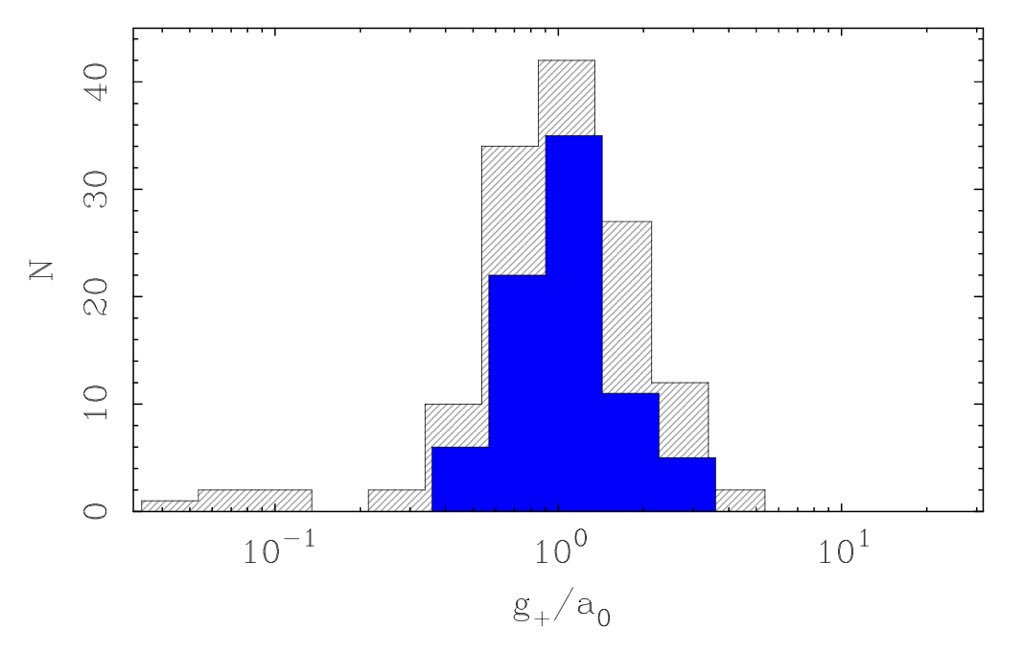
How to get URL link on X (Twitter) App



https://twitter.com/NYTScience/status/1216519803785097216So, the snarky twitter reply is to wonder Who these “esteemed astronomers” are. The obvious Twitter-stupid answer:







 Note that many of the less trustworthy data follow the same relation as the better data. Most of the time one gets it right, albeit with big uncertainties. But there are also some whopper outliers. Note, for example, the group of points that are “too high” at low rotation speed.
Note that many of the less trustworthy data follow the same relation as the better data. Most of the time one gets it right, albeit with big uncertainties. But there are also some whopper outliers. Note, for example, the group of points that are “too high” at low rotation speed.
https://twitter.com/sq1learning/status/1034498966455508992Over and over I see statements from esteemed colleagues - genuinely brilliant people - that are simply incorrect, for simple lack of fact checking. Like “using only two out of 10 pieces” of evidence. How does one count? Or “MOND doesn’t and dark matter does.” Does what, exactly?

 This is a skilled and subtle form of propaganda. By putting the price tag up front (how is this relevant to the story?) the immediate and natural reaction is to scoff “What a waste!” when by the standards of space missions this was incredibly successful and long-lived.
This is a skilled and subtle form of propaganda. By putting the price tag up front (how is this relevant to the story?) the immediate and natural reaction is to scoff “What a waste!” when by the standards of space missions this was incredibly successful and long-lived.

https://twitter.com/StartsWithABang/status/1022482229895737345Ethan Siegel has made it clear that he hated MOND. Over the years he has made it a personal crusade to persecute the heretics who dare speak of such things. Because nothing says scientific rationality like as hominem attacks.
https://twitter.com/BenneHolwerda/status/1021366423300583426The “+” makes it. Collapse could happen any time. Redshift less than 10. Or redshift greater than 10. Whenever.




 Vf is the flat rotation velocity. M is the baryonic mass - the sum of stars & gas assuming fixed M/L for all galaxies. G is Newton’s constant. X=0.8 accounts for the geometry of disk galaxies (they’re not spherical cows and we can tell. See Binney & Tremaine). There at no knobs.
Vf is the flat rotation velocity. M is the baryonic mass - the sum of stars & gas assuming fixed M/L for all galaxies. G is Newton’s constant. X=0.8 accounts for the geometry of disk galaxies (they’re not spherical cows and we can tell. See Binney & Tremaine). There at no knobs.

 Note that this distribution does not look right for chi^2. There are too many “bad” fits (high chi^2). That’s true. But it doesn’t help to vary g+ or anything else. Dark halo fits have a CDF with the same shape. One can’t best-fit one’s way into a sensible CDF. So what’s up??
Note that this distribution does not look right for chi^2. There are too many “bad” fits (high chi^2). That’s true. But it doesn’t help to vary g+ or anything else. Dark halo fits have a CDF with the same shape. One can’t best-fit one’s way into a sensible CDF. So what’s up??
